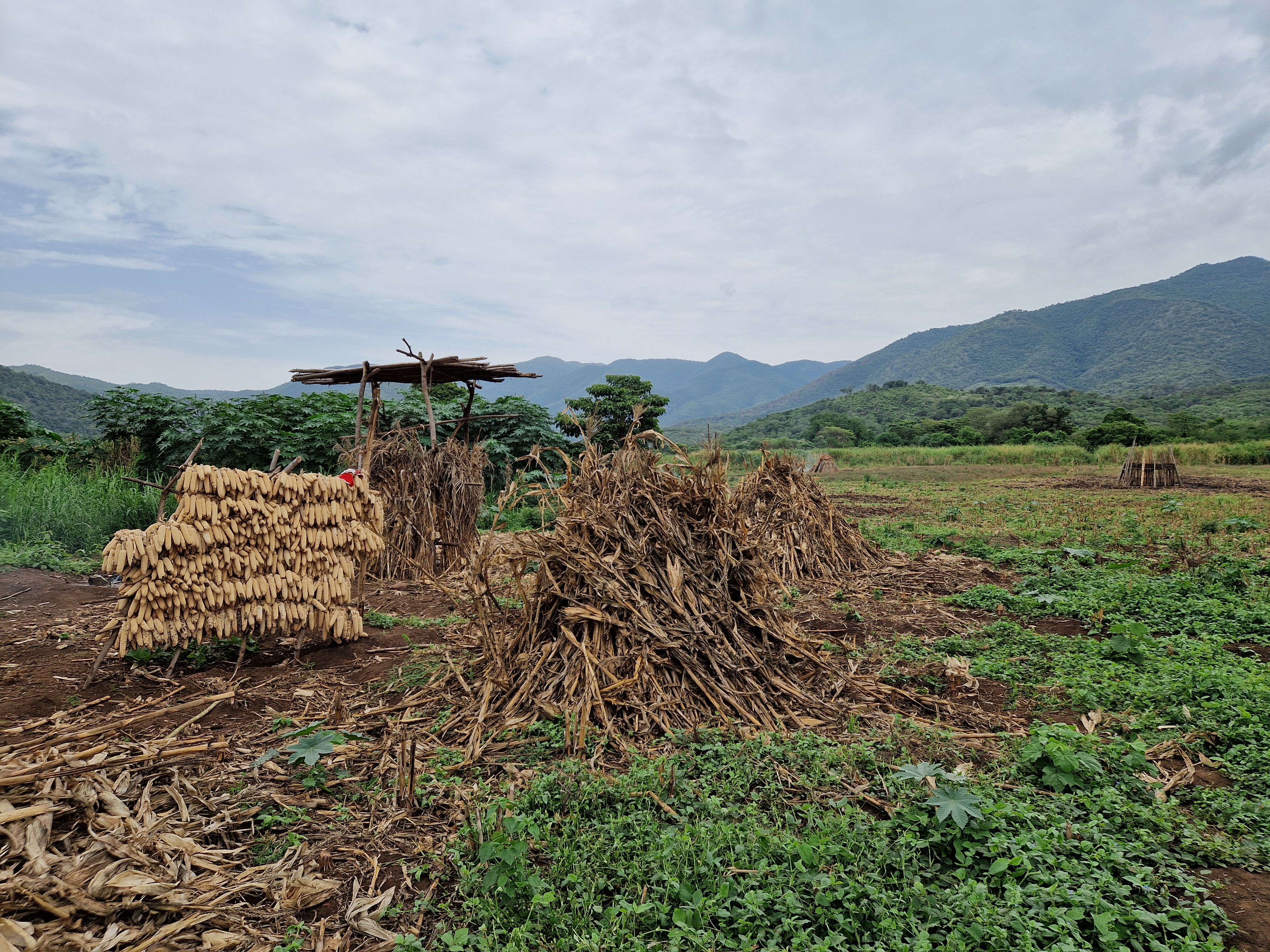Research project
Biodiversity and Community Resilience in the Omo Valley (BIOM) Alliance
- Start date: 16 May 2022
- End date: 15 May 2027
- Value: £525,648 (total $8,700,000)
- Partners and collaborators: International Institute of Rural Reconstruction Ethiopian Institute of Peace Cool Ground Durham University King's College London Arba Minch University
- Primary investigator: Dr. Jenny Hodbod
- External primary investigator: Zerihun Lemma, IIRR

BIOM aims to improve biodiversity, livelihood security, and human rights in Ethiopia’s Lower Omo region through community-based conservation, ecotourism, and regenerative agriculture plus capacity building in political advocacy.
The alliance recognizes the crucial role of communities as stewards of their own ecosystems and builds on demonstrated commitments by (a) communities to organize in defense of the natural resources on which their livelihoods depend; (b) three private sector partners with experience in ecotourism; (c) three non-profit and civil society organizations with experience in capacity building, and (d) community-engaged researchers established in the region.
The alliance’s activities will increase the resilience of communities and the ecosystem of the Lower Omo - a region that has undergone a series of major shocks over the past decade as a result of the Gibe III dam, expanding export agriculture, and escalating conflicts between the state and local groups.
Building desirable forms of resilience is based on three main, related, outcomes: one, to increase the biodiversity in the CCA area and thus contribute to ecosystem services throughout the Omo-Mago-Tama complex; two, to reduce violence by providing land protection and sustainable access to ecosystem services for the Mursi, Bodi, and Kwegu; three, ecological and economic contributions to prosperity.
Impact
The strategy to support biodiversity, prosperity, and resilience is the combination of the Tama Community Conservation Area (CCA; SA2) with privately-funded, community-run ecotourism (SA3). Initially, the CCA will protect land rights from expanding monocrop agriculture, with benefits for biodiversity and security of investors and migrant workers. Embedding conservation as a primary value of land across the Omo-Tama-Mago complex (as the CCA connects bridge between the two existing National Parks) will support conservation of local biodiversity over 310,000 hectares of biologically significant areas.
Secondly, the CCA will support increasing tourism-based income, directly for the 418 households engaging in employment in the local lodging, sales of crafts, and jobs in the CCA (who will also receive training to prepare them for such opportunities). As part of the CCA’s governance, benefit-sharing systems will be established to benefits the 14,500 residents of the area not directly involved in ecotourism.
As a precursor to the development of the CCA, its governance, and its revenue sharing mechanisms, the alliance sets out to include marginalized voices and strengthen community capacity to effectively negotiate with government and the private sector, addressing internal and external inequalities (SA1). This capacity strengthening will start from a gender- and trauma-informed perspective given prior conflict and embed improve human rights within the framings (particularly those of women), to improve communities’ ability to defend their rights, including the management of natural resources and addressing human rights violations.
Given the cultural and economic importance of agropastoralist livelihoods, conservation and ecotourism cannot displace livestock. Capacity building will allow the development of a more resilient, sustainable, and competitive livestock production (SA4) through improved grazing management and livestock breeding. It will also strengthen access to local extension services regarding herd health.
Through these strategies, and benefit sharing programs embedded in SA1, the prosperity of communities will increase whether the household is directly involved in ecotourism or not. Increasing prosperity and diversifying livelihoods will decrease biodiversity threats, which when underpinned by strengthened governance will contribute to improved resilience

